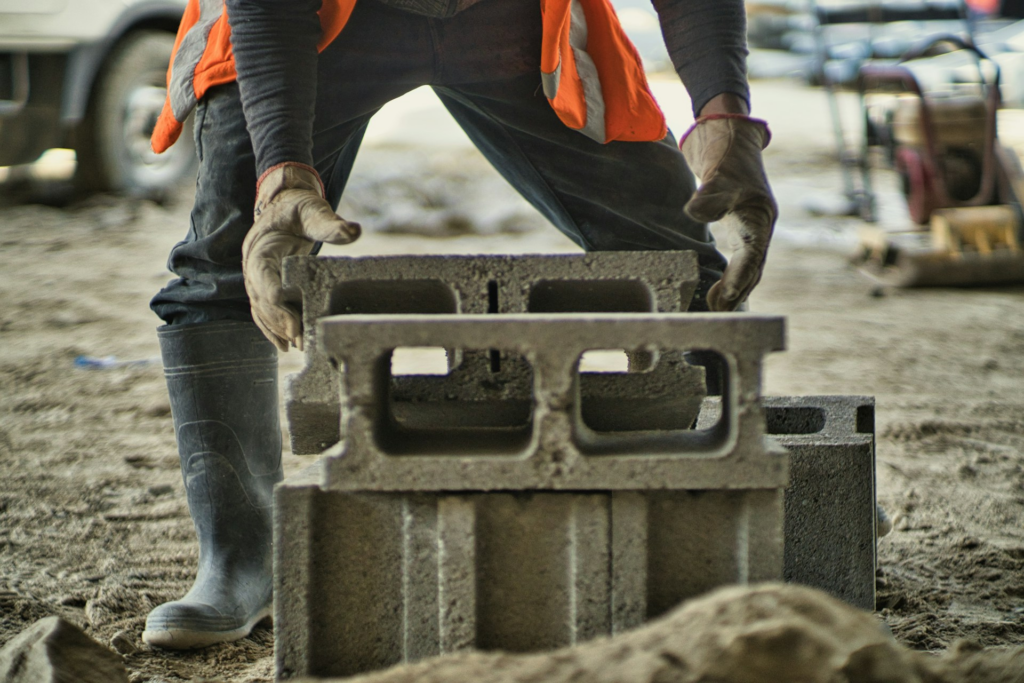Successful construction management is built on complex projects, tighter deadlines, and demanding work. What’s less well-known is that human resource management is equally important as anything else in this sector. Recruiting, training, and retaining skilled workers are critical for construction management success. Here’s why, along with some tips on improving HR management at your construction company.
Building a Skilled Construction Management Workforce
Finding the right talent is a continual challenge across all industries, but it’s particularly difficult in construction. To really develop a competent workforce, construction business HR managers must think outside the box and look beyond traditional hiring methods.
Enter online recruiting. Social media sites such as LinkedIn and the websites of industry-specific groups are good places to find construction talent.
Developing relationships with trade schools and apprenticeship programs can provide a steady stream of ready-to-work talent. Participation in industry events and conferences allows for networking with potential hires and promoting the company’s culture and values.
Partner with staffing agencies that specialize in the industry to further your recruiting efforts. These firms often have access to more candidates and can streamline recruitment.
Investing in Training and Development Programs
As with most industries, new technologies, materials, and regulations have changed the field of construction management. Continuous training and development help build a sustainable workforce. On-the-job training programs like mentorships and apprenticeships provide hands-on learning that develops genuine skills.
Technology-focused training is a top priority, thanks to digital tools like building information modeling (BIM) becoming a large part of construction management. Equipping workers with the necessary tech skills improves individual performance and contributes to overall project efficiency.
Regular safety training is essential, too. This includes classes on hazard identification, risk mitigation strategies, and compliance with the latest safety regulations. Implement a certification program showing that all essential employees are up-to-date on relevant training. Safe construction sites are also cost-effective sites, so investing in this training will pay off in reduced workplace accidents.
Performance Evaluation Systems: Driving Excellence
Performance evaluation systems are among the new digital tools used in modern construction management. These apps identify strengths and weaknesses and encourage employees to reach their full potential. They feature the following:
- 360-degree feedback: Gathering feedback from supervisors, peers, and subordinates provides a comprehensive view of employee performance.
- Goal-setting and tracking: Clearly defined goals and regular progress tracking set performance expectations.
- Recognition of a job well done: Recognizing and rewarding outstanding work boosts morale and motivates employees to strive for excellence.
Employees use feedback from performance evaluation systems to motivate them to do better work. These systems also help with overall morale since team members know management appreciates their contributions.
Employee Engagement Initiatives Help Build a Strong Culture
Employee engagement fosters a sense of belonging and purpose that increases productivity and loyalty. When construction management teams listen to employee feedback and concerns, employees feel ownership and investment in the company’s success.
Formal and informal team-building activities can help build relationships and cooperation. Whether hosting social functions, participating in volunteer projects, or just creating opportunities for informal interaction, these activities break down barriers and foster camaraderie among team members.
Another critical element of engagement is ensuring employee well-being. Offering wellness programs that address physical and mental health demonstrates an interest in employee happiness and quality of life. These programs include gym memberships, healthy eating initiatives, stress management workshops, and counseling services.
Succession Planning is Key to Ensuring Business Continuity
Succession planning isn’t just about filling vacancies; it’s about strategically preparing the next generation of leaders to steer the company toward continued success. Robust leadership development programs are instrumental in identifying and nurturing high-potential employees. These programs equip individuals with the skills, knowledge, and confidence needed to step into critical roles when the time comes.
Mentoring and coaching initiatives also play a vital role in succession planning. By pairing experienced leaders with up-and-coming talent, companies foster knowledge transfer and accelerate the development of future leaders. This benefits the individuals involved and contributes to a smoother transition when leadership changes occur.
Clear career pathing is another critical component of succession planning. Providing employees with a roadmap for advancement within the company can significantly increase their job satisfaction and commitment. When employees see a future for themselves within the organization, they’re more likely to stay engaged and invested in their work. These benefits make it worth your time to create succession plans
The New Human Resource Management in the Construction Industry
Successful construction managers know the importance of talent management. You can start by prioritizing succession planning, employee engagement, performance management, training, and recruitment. This lays the groundwork for a competent, loyal, and motivated workforce that drives long-term growth and project success.
To stay on top of the latest HR management trends in a broad range of fields, follow MRINetwork.

Connect with MRINetwork